Silent Hill f Reviews: In Depth Critique of Combat & Mechanics
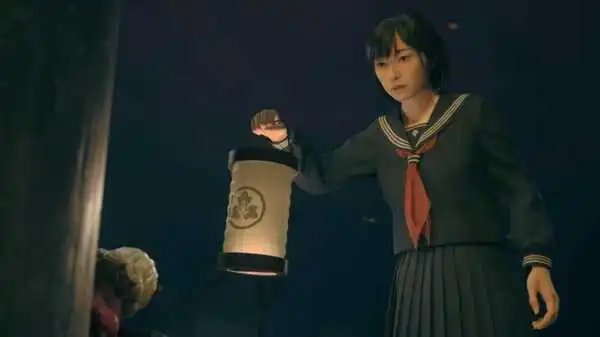
When Silent Hill f launched on September 25, 2025, it carried both the weight of revival and the burden of expectation. As a return to the franchise after many years, it aimed to reimagine horror in a Japanese setting while pushing its gameplay into a more action friendly domain. Among all its systems such as sanity, exploration, and puzzles, the combat and core mechanics stand out as both its boldest experiment and most polarizing feature.
In this piece, we dig into how Silent Hill f combat works, where it succeeds, where it stumbles, and how it compares to expectations from both horror fans and action gamers.

Context and Design Goals
From early previews, NeoBards publicly positioned Silent Hill f as a hybrid: one foot in horror, the other leaning closer to tactile action. Director Motoi Okamoto pushed back on labeling it a “Soulslike,” arguing that while stamina, dodging, and counters might evoke that genre, these systems have precedent in the Silent Hill line itself such as stamina systems in Silent Hill 3 and charge meters in Silent Hill 4. The goal was not to replicate Dark Souls but to inject more player agency and visceral feedback into encounters.
Still, the challenge looms: how do you retain horror tension when the player is expected to fight more often? That tightrope is central to judging every mechanic in this game.
Core Systems Breakdown
1. Melee Only Combat: Light and Heavy Attacks
From the outset, Silent Hill f removes firearms so all engagements are melee. Weapons range from knives and pipes to heavier tools, depending on availability. Players choose between light and heavy attacks, each with tradeoffs: lighter is faster and cheaper on stamina, heavier deals more damage but locks you longer.
Some critics found the animation transitions and hit registration occasionally stiff. GamesRadar calls the melee “clunky,” noting that sometimes the combat feels like an annoyance rather than an immersive trial. The more optimized and fluid performances typically emerge in larger open areas, where movement, spacing, and counters can unfold cleanly.
2. Stamina and Dodge / Perfect Dodge / Evade
Every attack and dodge draws from a finite stamina pool. Performing actions exhausts stamina, making the decision to strike or evade critical. The Perfect Dodge is a window based trick: if timed just before an enemy attack, it refunds stamina or slows time, allowing follow up strikes. Players often report stamina is consumed fast; some say they can only dodge twice before needing to rest.
The quality of dodge responsiveness is divisive. In fast paced duel contexts, a perfect dodge can feel empowering. In crowded fights or tight spaces, timing misfires or clipping collisions reduce its reliability.
3. Counterattacks and Focus Attacks
When an enemy attack is telegraphed, for example outlined or shimmering, you may trigger a counterattack to stun or stagger foes. Executing that opens up room for a punishing strike. The Focus attack is a charged special move, fed by a Focus meter, effective but limited in use. Reviewers note that in less dense areas, counters and stuns are satisfying, giving a moment of control and feedback.
That said, critics argue that some bosses or more aggressive enemies make counter windows narrow, pushing reliance back toward basic evasive dance.
4. Weapon Durability and Resource Tension
True to survival horror tradition, weapons degrade. Over time, each tool becomes less effective and eventually breaks. Repair kits or replacement weapons are rare, forcing players to manage inventory wisely. You can carry only a few weapons at once, so choosing which to keep or discard adds tension.
This recalls Silent Hill 4, which also featured breakable weapons and a charge system. The repeated strain of resource management supports the horror atmosphere: scarcity augments fear.
5. Sanity, Faith and Buff Systems
Another distinct system is Sanity. Monster encounters or environmental events chip away at it. When sanity dips, your performance may degrade such as reduced focus damage or blurred vision. To counter this, Faith shrines let you convert consumables into sanity, and omamori trinkets provide buffs like reduced detection or faster stamina regeneration. Choosing which omamori to equip becomes a strategic layer.
This system links your psychological state to gameplay, aligning with Silent Hill’s tradition of inner demons manifested externally.
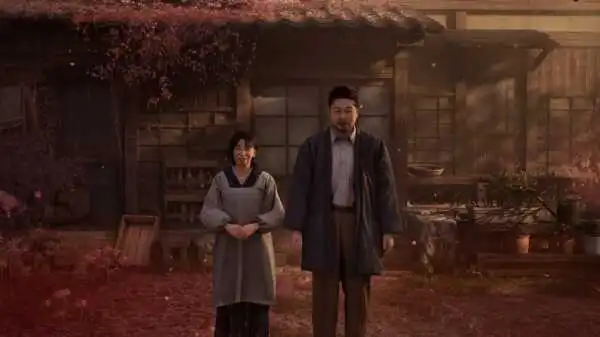
Strengths and Innovations
Despite its controversies, Silent Hill f delivers systems that occasionally hit high notes:
- In well paced fights, counters and stuns feel cathartic, giving moments of control in the horror haze.
- The layered design of stamina, dodge, and Focus rewards deliberate play over button mashing.
- The resource tension of breakable weapons and limited repairs echoes classic survival horror, reminding you that every choice matters.
- Replayability benefits: New Game Plus and multiple endings reward mastering mechanics.
- Developers emphasized they wanted “more entertaining and thrilling action,” but still respect horror foundations.
Core Critiques and Weaknesses
- Overcomplexity and Late Tutorials: Some reviews highlight that Silent Hill f keeps adding new mechanics even in its late stages, which can overwhelm players. PC Gamer remarks that the game “kept tutorializing new combat ideas” past the point where you genuinely care. Excess layers muddle core systems rather than clarify them.
- Clunkiness and Responsiveness: Many critics take issue with instances of stiff animation, imprecise hit detection, and laggy responses. TechRadar describes melee as “awkward” in parts. Reddit players echo this: “animations are a little jank … the counter isn’t intuitive”. These issues are especially noticeable in tight corridors or high enemy density.
- Pacing and Combat Overuse: While combat can be satisfying, its frequency sometimes interrupts moments of dread. Some sections feel overly action heavy, letting tension dissipate. GameInformer remarks that the brilliance of horror sometimes gives way to repetition in combat.
- Small Spaces and Camera or Enemy Behavior: Fights in cramped rooms or against multiple enemies sometimes falter due to collision, poor camera angles, or enemies crowding your space. The tighter the geometry, the more likely to expose flaws in targeting or dodge margin.
Conclusion
Silent Hill f combat and mechanics represent a bold evolution: a game that dares to layer in action without fully abandoning terror. There are moments of real kinetic satisfaction, counters that snap you back into control, resource scarcity that sharpens every decision, and tension born from vulnerability.
Yet, the friction is real. Overcomplexity, occasional clunkiness, and pacing missteps prevent mechanics from fully harmonizing with the horror vision. For players willing to lean in, learn and adapt, the payoff is there; for those hoping for a pure horror experience, it may feel like a compromise.
Ultimately, Silent Hill f does not collapse into a fight simulator. The narrative, atmosphere, puzzles, and psychological systems remain central. Even when combat falters, it rarely derails the larger vision. As the series’ audacious reinvention, it challenges expectations, for better and worse.
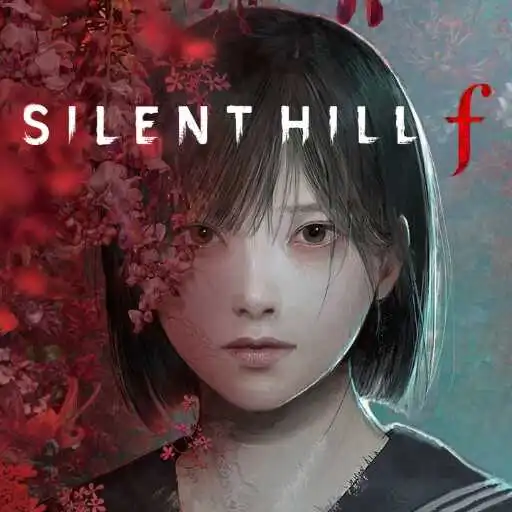
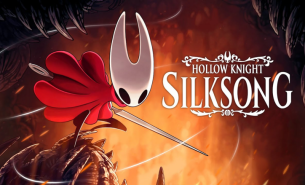
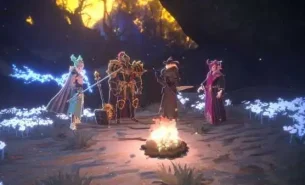

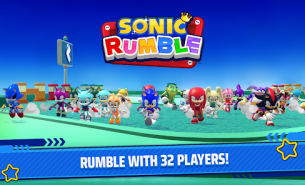
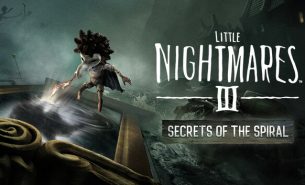

There are no comments yet :(